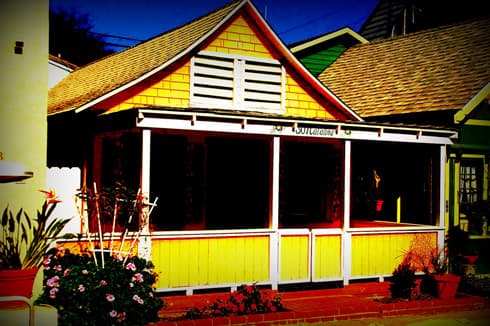- Review the HAMP program.
- Understand what it takes to qualify for HAMP.
- Examine the pluses and minuses of HAMP.
Learn more about the HAMP program's successes and criticisms.
Over the last two years, the government has made a few sizable efforts to stem the rising tide of foreclosures and help a significant number of homeowners stay in their homes. In hindsight, these efforts have been somewhat helpful, but none has had the impact that the government or homeowners hoped for.
HAMP program
Recently, President Obama has been pushing for more banks to sign on to the Home Affordable Modification Program (HAMP). This program was originally designed to help homeowners who are struggling to keep up with their mortgage payments, reduce their payments, and bring their mortgage payments in line with their budget.
The thinking was that the program would be able to assist two groups of homeowners: 1) those that have had recent hardships, such as job or income loss, medical issues or other life events and 2) homeowners with adjustable-rate mortgages, whose adjusted payments have increased to the point where they are no longer affordable. This has still left a big question for a number of homeowners, and usually the ones with the most questions are the ones in the toughest situations.
Who qualifies?
The first question that any homeowner who is struggling with their payments and has heard about the HAMP program needs to be able to answer is "Do I qualify?"
The government (and specifically the Department of Housing and Urban Development, or HUD) set up some great resources to help homeowners determine if they qualify. Generally, you must meet the following conditions to qualify for the HAMP program:
- The home must be your primary residence
- The loan was signed before January 1st, 2009
- Your monthly mortgage payment must exceed 31% of your gross monthly income
- Be able to provide evidence of a hardship or an inability to maintain current payments
More detail on eligibility and other information can be found on the HUD Web site Making Home Affordable. To learn if you are eligible for the HAMP program, go to the HAMP program's Are You Eligible? Web page.
Once homeowners determine their eligibility, they can contact their mortgage servicer or current lender and ask for the department that is handling modification requests. One big complaint heard from homeowners has been the difficulty in reaching their lenders and servicers to discuss the HAMP program.
To address this President Obama has recently had the White House team reach out to the biggest lenders (of which there are now fewer, though significantly larger) and gently nudge them towards being more aggressive in addressing loan modification requests from their borrowers. As of late January 2010, Bank of America, the country's largest servicer of mortgage loans, had verbally committed to full participation in the Home Affordable Modification Program. This is good news for homeowners, as smaller lenders will likely follow Bank of America's lead.
HAMP program successes
As of January 2010, the HAMP program has already helped create more than 112,000 permanent loan modifications for borrowers who are facing foreclosure. Of those, 66,465 have been accepted by borrowers. Another 46,056 are waiting for signatures from homeowners. Overall, the program has produced more than 1.16 million trial-period plans. HAMP's goal is to help 3 million to 4 million people who may be facing a foreclosure and the program runs through 2012.
As of December, 787,231 trial loan modifications are active through the HAMP program. During the fourth quarter, the number of active and permanent modifications increased 75 percent.
When the program was announced, its stated goal was to help between 3 million to 4 million homeowners decrease their mortgage payments, while also helping people avoid foreclosure.
HAMP program criticisms
One criticism that the Home Affordable Modification program has received is that it does not help the millions of homeowners who are underwater on the mortgages, meaning they owe more on their home than they can sell it for. Because HAMP does not require "cram-downs" (whereby the banks would be forced to actually reduce the amount that borrowers owe), they will be no massive reduction by banks of their borrowers principal balances, leaving many homeowners wondering what they are doing with a loan amount that is more than what their house is worth on today's market.
We will address options for those homeowners in another article.
